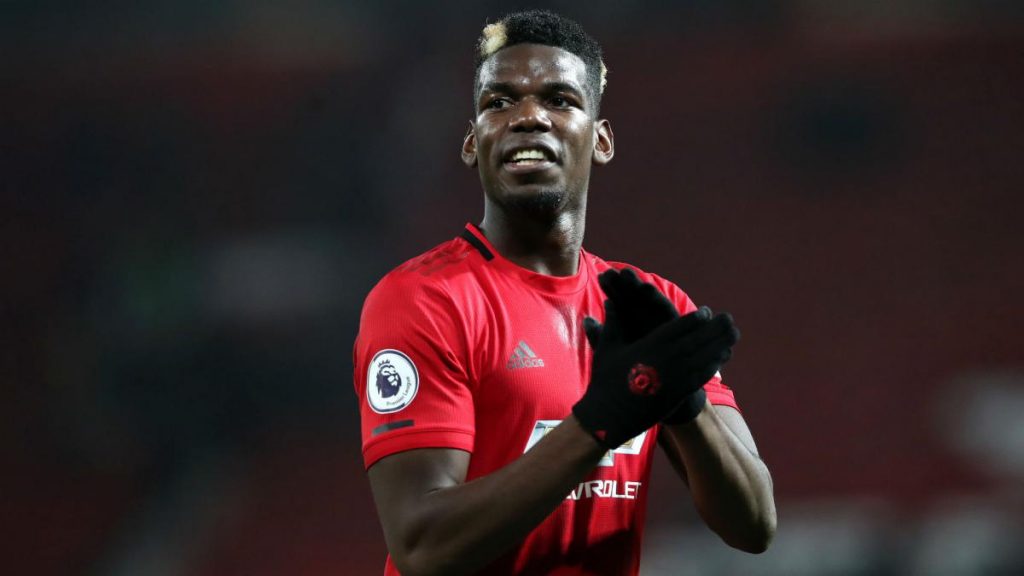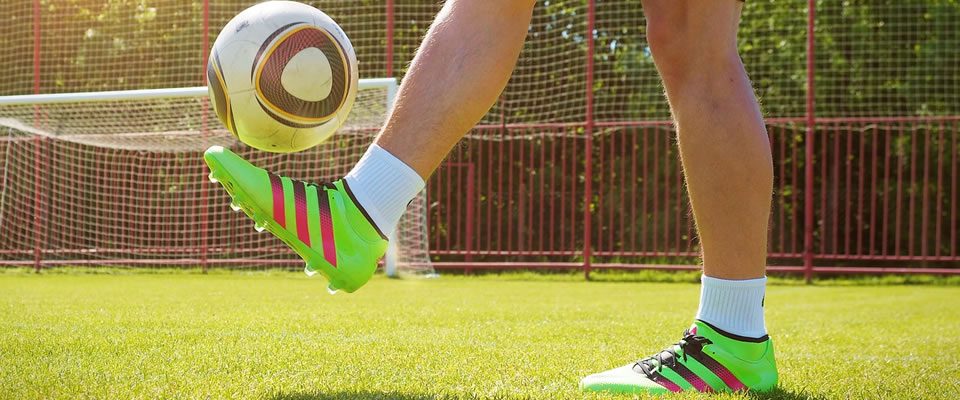Paul Pogba is a name many people in football are familiar with. Manchester United fans are likely still having nightmares over the fact that he left them to join Juventus just a few seasons ago. One of Pogba’s most famous quotes is one in which he explains why he left the Red Devils: “I said to Ferguson: ‘Play me, and I will show you if I’m ready or not,’ Then against Blackburn on December 31, 2011, I was on the bench. Ferguson put Rafael in midfield with Ji Sung Park. Then I gave up.”
This player analysis was originally posted on June 30th, 2015 for Grup14.com. It was written in the context of analyzing his strengths, weaknesses, and how he would fit into FC Barcelona at the time of the post. I have decided to repost the piece here for your enjoyment!
Since moving to Juventus, Pogba has won the 2013 Golden Boy Award as well as the U-20 World Cup with France. The Golden Boy award is an award given to the best young football player in Europe, nominees must be under the age of 21 and playing in the top tier of a European league.
Many legends of football (such as Zidane and Vieira) have praised the young Frenchman and said that he has the potential to become one of the best players ever. These are high expectations, but he welcomes them. Pogba said one of the reasons he joined Juventus was because “Juventus can help me to realize my dream of becoming the best player in the world.”
Goal Impact measures the extent that a player contributes to the goal difference per minute of a team. If a player has a high GI value, then his team has a good goal difference when he plays compared to matches where he doesn’t play. An average player in my database has a value of 100. The best player in the world approximately 190.
According to Goal Impact, Paul Pogba is an above average player – but isn’t yet at the “best players in the world” tier. GI is obviously not a “perfect” measurement, but it is very accurate and different in comparison to the usual bottom-up statistics used to define players such as “pass accuracy” or “shots on target.” GI views players from a top-down approach. The GI website explains: “The system uses an entirely different approach compared to most other player rating systems, as it does not record single player actions and try to value them. Instead, it just rates the player by the outcome and is unaffected by how the result was achieved.”
Physical Aspects
His rectus abdominis, external oblique, pectoralis major, deltoid, biceps brachii and triceps brachii muscles all look quite developed – the core muscles help his balance and power through synergistic movements during the game while his strong arm and chest muscles also assist in holding opposition off, maintaining balance, and in swinging motions such as running or shooting.

The 22-year-old Frenchman is roughly 190-centimeters (around 6 feet 2 inches) tall, weighs about 80 kilograms (about 176 lbs.), and has long legs in comparison to the length of his upper body which is normal for taller people. Along with his long limbs he is quite strong – as shown by his musculature, even though he can give off the impression of a skinny or weaker player. His height and strength play a large role in his game and the way he makes his decisions during the match. For example, he is excellent at shielding the ball and a large amount of his dribbles involve having his body between the defender and the ball, making it extremely difficult for opposition defenders to dispossess him.
Because of his lean muscular build, he is quick despite being so tall, which allows him to make dynamic dribbling movements and cover large amounts of space while maintaining strength and balance as he runs at opponents. Acceleration and deceleration play a large part in dribbling in general, but they are particularly important to his dribbling style. Similar to Cristiano Ronaldo, he is tall and strong without being too bulky where he would lose speed. Of course, his bones and musculature are different to Ronaldo’s in many ways (mainly in the lower body) – he certainly cannot match the winger’s speed in a sprint, which also plays a part in a player’s psychology and decision making.


